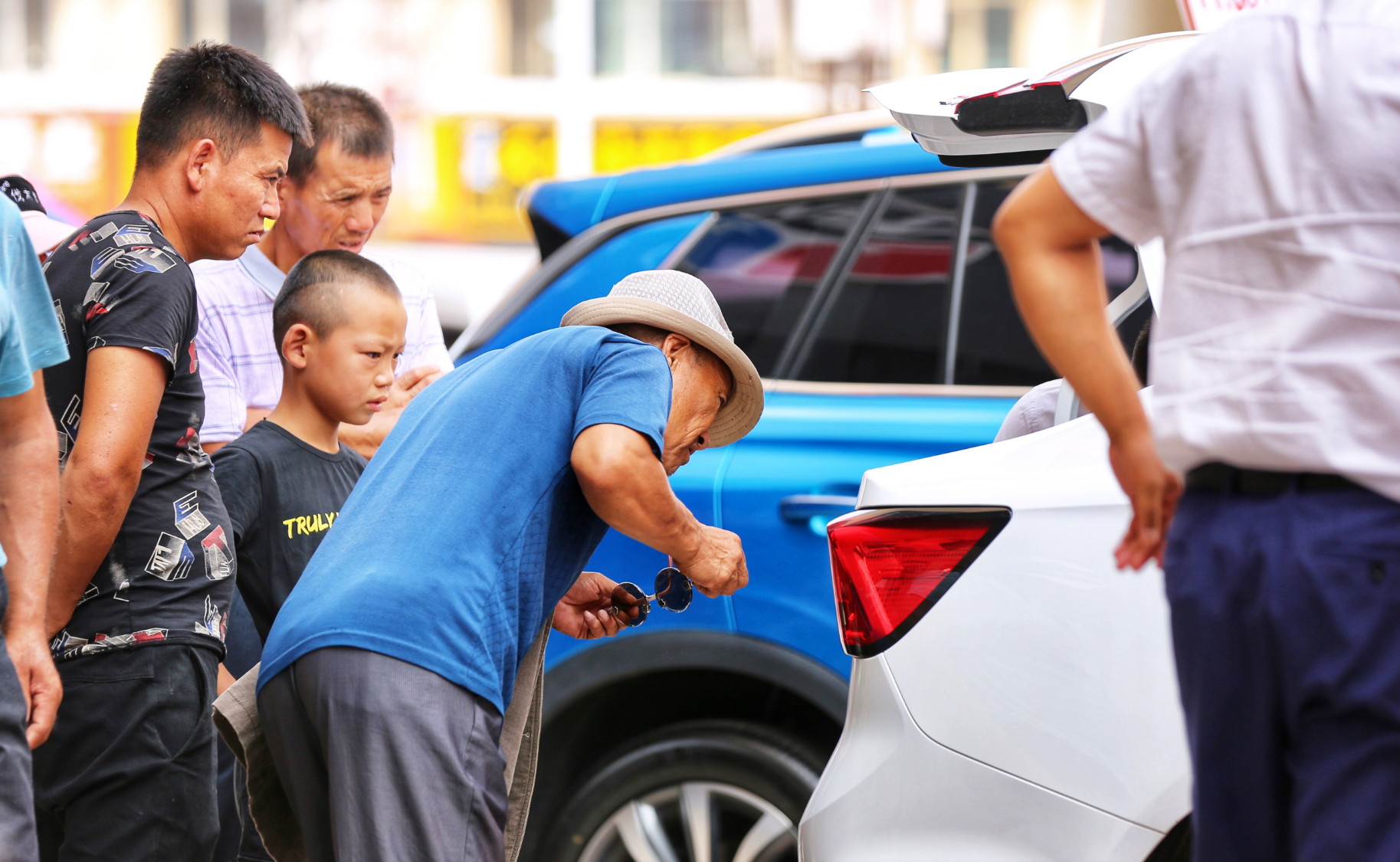
Recently, five ministries recently launched this campaign featuring Tesla’s Model 3/Y and comprehensive lineups from BYD/Geely (minicars to premium SUVs).
Six years of rural promotions have placed 10M+ EVs in counties. Yet charging gaps, service deserts, and product mismatches hinder deeper market growth.
From “boosting sales” to “reconstructing the ecosystem”
The 2025 campaign features 124 models (+25 YoY), covering ¥50k micro-cars to ¥300k premium SUVs. New categories include off-roaders, commercial vehicles, and pickups for farm/logistics use.
Participants span traditional OEMs (BYD, Changan), EV startups (NIO, XPeng), and global brands (Tesla, VW)—all joining at scale for the first time.
Hybrid promotion strategies deploy: County hubs anchor offline events; digital showrooms enable VR tours/livestreams with O2O sales-service integration.
Rural EV penetration lags severely: 27.2% in tier-5 cities vs. major metros; just 17% in villages (2023).
Rural auto ownership may hit 160 vehicles/1,000 people by 2030 (70M total vehicles), unlocking a ¥500 billion market.

Charging deficits remain critical. The 2025 program expands subsidies beyond purchases to cover trade-ins, charging infrastructure, and integrated "purchase-energy-service" packages.
According to the data, China invested ¥7.5 billion in 2024 alone to achieve county-wide charging coverage by 2027. Focus has shifted from sales boosts to sustainable mobility ecosystems (67 pilot counties in 2024 → 75 in 2025).
Synergistic policies emerge: "Vehicle-grid integration" promotes solar-powered charging stations, solving grid fragility while generating green energy/storage revenue.
From “policy dividends” to “real demand”
Rural pragmatism clashes with urban EV trends: Vehicles must haul farm gear, cover inter-village commutes, and limit repair costs under ¥1,000—diverging sharply from "smart/premium" OEM strategies.
Policy tailwinds fuel competition. Tesla’s historic subsidy inclusion signals premium brands’ rural push. Its advantages: strong brand equity, 500+ stores, and 11,500+ superchargers enable nationwide penetration.
However, challenges remain: Tesla’s ¥200k+ entry price clashes with rural budgets (¥50k-100k). Minor Model 3/Y refreshes ignore rough-road adaptations, forcing reliance on 5-year interest-free financing.
In addition, BYD and Geely leverage market insights with full-range assaults: BYD deploys 11 models from budget Seagull to family-friendly Tang DM-i. Wuling and JAC focus on utility—Hongguang MINI EV accommodates farm trailers; Yiwei 3 boosts dustproof battery sealing.
At the same time, Premium models (e.g., Li Auto L6, NIO ET5) target rural upgrades but must overcome "high-price = low-utility" perceptions through practical designs and communication.
It should be mentioned that smart features face adoption hurdles: Dialect recognition failures idle voice controls, while complex touchscreens frustrate users. Rural buyers prioritize safety (78% demand backup cameras/TPS) over autonomy/voice aids (<20% interest).
Rural after-sales service gaps persist. Repair centers cluster in county towns, leaving remote areas underserved. A basic maintenance trip can take 6 hours—triple urban averages—eroding convenience.
The 2025 rural EV initiative marks both policy dividends and industry transformation. Success demands automaker-government-third-party collaboration across product development, infrastructure, and service ecosystems.
In the short-term: Charging networks need private capital. After-sales systems can adopt "county partnership" models to cut costs. Long-term: Rural EV growth requires urban-rural resource exchange—e.g., linking farm logistics with EV usage or optimizing transport via vehicle data.

 Room 1104,Block B,JingBan Building,6 Middle Beisanhuan Road,Xicheng District,Beijing
Room 1104,Block B,JingBan Building,6 Middle Beisanhuan Road,Xicheng District,Beijing
 (8610)62383600
(8610)62383600
 quanqixiang@carresearch.cn
quanqixiang@carresearch.cn
 京公网安备:11010202007638号|京ICP备17032593号-2|Report illegal and bad information:010-65993545-8019 jubao@carresearch.com
京公网安备:11010202007638号|京ICP备17032593号-2|Report illegal and bad information:010-65993545-8019 jubao@carresearch.com
Legal support:Beijing Yingke Law Firm|All rights reserved, DO NOT reproduce without permission